
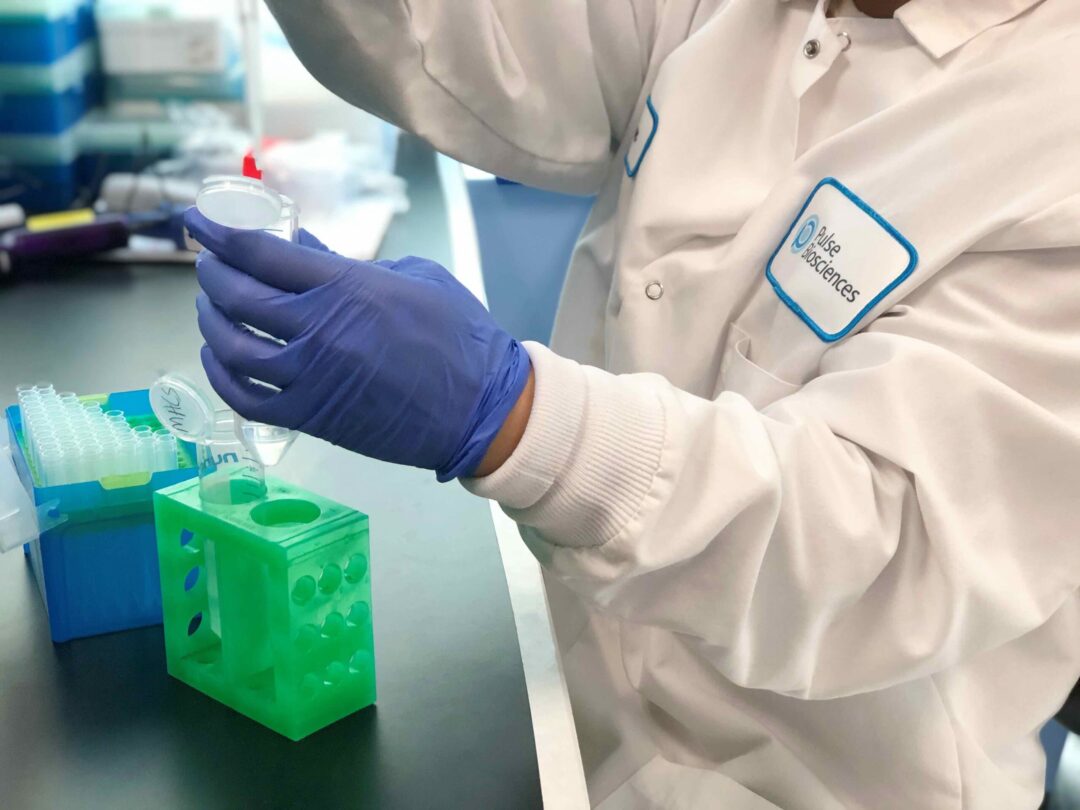
Revolutionizing Healthcare with nsPFA™ Technology

"The technology at Pulse Biosciences shows immense potential for treating a variety of health conditions, particularly atrial fibrillation. Its safety and effectiveness in treating over 6,000 patients is truly exciting. We are honored to bring such revolutionary solutions to the public."

Bob Duggan
Pulse Biosciences stands at the forefront of biomedical technology as the pioneering inventor and manufacturer of its patented Nanosecond Pulsed Field Ablation™ (nsPFA™) technology. Harnessing the unique potential of nsPFA, the company is committed to addressing high-impact areas in healthcare, with a current focus on cardiology applications.
Pulse Biosciences is investigating a variety of applications for its technology, including immuno‐oncology, dermatology, and veterinary medicine.
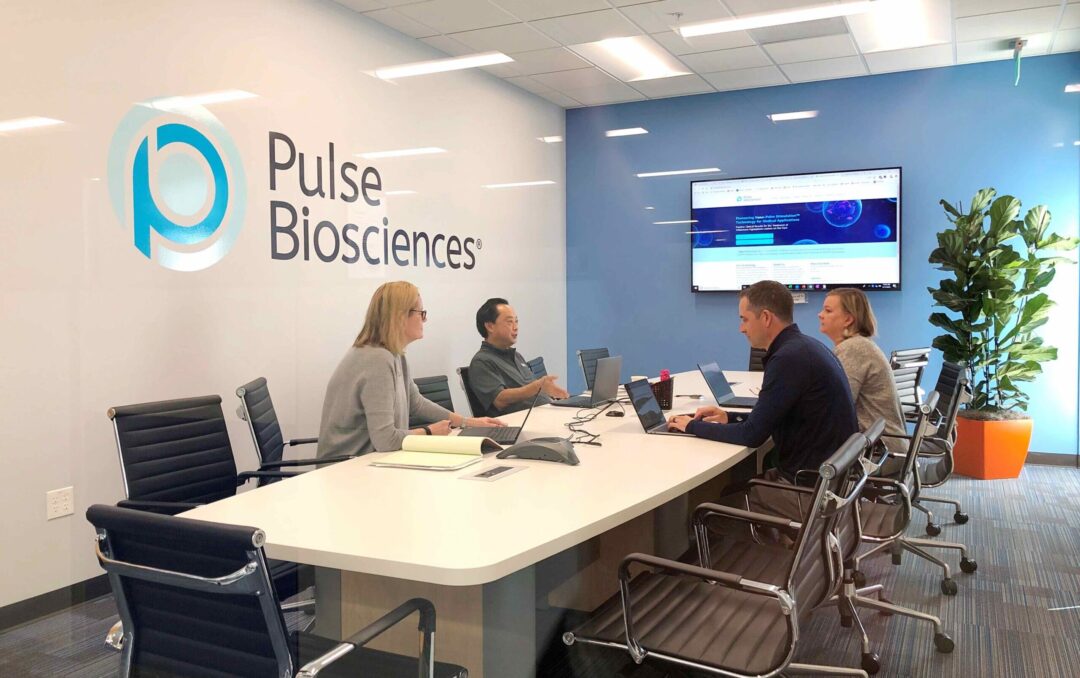
The core technology that underpins Pulse Biosciences is the innovative nsPFA. It serves as a powerful tool that can nonthermally clear cells, while sparing adjacent noncellular tissue. This technology delivers nanosecond pulses of electrical energy, with pulse durations ranging from billionths to a millionth of a second.
The nsPFA energy is dispensed through the robust and adaptable nsPFA™ generator platform. This technology has been meticulously designed to connect to various types of applicators, from superficial to surgical to catheter-based therapies, making it a flexible solution for different healthcare applications.
Pulse Biosciences’ nsPFA technology is not merely theoretical; it’s already been used to treat over 6,000 patients safely and effectively outside of Cardiology. This proves the practicality and effectiveness of the technology across a multitude of therapy areas.
When the nsPFA energy pulses are applied to targeted tissue, they enter cells and alter the function of the internal cellular organelles, including the mitochondria and endoplasmic reticulum. This causes a cascade of intracellular disruption that eventually leads to regulated cell death (RCD), a process that occurs when cells in the human body experience stress and cannot restore cellular homeostasis.
Interestingly, the nsPFA technology has shown immense promise in the cardiology field, where it is being explored as a potential treatment for atrial fibrillation. However, the potential applications of this novel technology extend far beyond cardiology, offering hope to patients across a broad spectrum of therapy areas.
Pulse Biosciences holds exclusive rights to the nsPFA technology, making it a sole proprietor in this cutting-edge field. The team at Pulse Biosciences consists of top experts in pulsed electric field technologies and possesses wide-ranging engineering expertise across multiple medical device domains.
The company’s commitment to health innovation is clear. By leveraging their unique nsPFA™ technology, they aim to address a variety of applications where optimal solutions remain elusive, thereby fulfilling their mission to improve and extend the lives of patients.
With over 130 issued patents globally owned and licensed, Pulse Biosciences’ intellectual property (IP) portfolio is both deep and broad. This growing patent portfolio not only safeguards their pioneering nsPFA technology but also facilitates the development of a rich pipeline of transformative commercial applications.
The company is resolute in realizing the immense potential of their Nanosecond Pulsed Field Ablation technology. Through their unwavering commitment to innovation and dedication to improving patient lives, Pulse Biosciences is truly revolutionizing the field of healthcare.
Pulse Biosciences’ Nanosecond Pulsed Field Ablation (nsPFA™) Technology to be Featured in Several Presentations at The Heart Rhythm 2023 Annual Meeting
18 May 2023
Go to linkPulse Biosciences Reports Business Updates and First Quarter 2023 Financial Results
11 May 2023
Go to linkPulse Biosciences, Inc. Announces Planned Redemption of Warrants
10 May 2023
Go to linkPulse Biosciences, Inc. Appoints Dr. Gan Dunnington as Chief Medical Officer
10 May 2023
Go to linkPulse Biosciences Announces $65 Million Private Placement
01 May 2023
Go to linkPresentation of clinical studies data to clear skin lesions at ASDS annual meeting
17 Oct 2019
Go to linkPromising non-thermal treatment for skin conditions
18 Sep 2019
Go to linkPulse Biosciences CellFX™ system to be given podium presentation at major Aesthetic Procedures conference
06 Aug 2019
Go to linkPublication of dose-response study using PulseX system
02 Aug 2019
Go to linkResearch program explores energy for lesion treatment
14 May 2019
Go to linkPresentations announced at 2019 American Society for Laser Medicine and Surgery annual conference
26 Mar 2019
Go to link510(K) for CellFX™ submitted to FDA
28 Jan 2019
Go to linkPositive clinical results of Nano-Pulse Stimulation to treat patients with Sebaceous Hyperplasia Lesions on the face
07 Jan 2019
Go to linkContinued expansion of its clinical study programs in dermatology
11 Oct 2018
Go to linkTreats initial patient in its human study evaluating the effects of Nano-Pulse Stimulation in Basal Cell Carcinoma
30 Jul 2018
Go to linkODU researchers are using electric pulses to kill cancer cells. And they say it’s working.
27 Jun 2018
Go to linkPositive results from its first study evaluating a clinical target at major scientific meeting
12 Apr 2018
Go to linkBob Duggan has been appointed Chairman of the Board; Ken Clark, Dr. Thomas Fogarty and Manmeet S. Soni have been appointed as independent directors
02 Nov 2017
Go to linkPulse Biosciences announces $30 million private placement
23 Sep 2017
Go to linkWithdrawal and resubmission of 510(K) application for PulseTx™ System
11 Sep 2017
Go to linkTreatment of first patient in study to evaluate Novel Nano-Pulse Stimulation for Seborrheic Keratosis Lesions
06 Jun 2017
Go to linkPulse Biosciences submits 510(K)Application to FDA for PULSEX™ system
14 Mar 2017
Go to linkBob Duggan and Dr. Maky Zanganeh acquire combined interest of 17.1% of Pulse Biosciences
09 Feb 2017
Go to linkPulse Biosciences Reports Third Quarter 2022 Financial Results
10 Nov 2023
Go to linkPulse Biosciences Schedules First Quarter 2023 Financial Results Conference Call for May 11, 2023
27 Apr 2023
Go to linkPulse Biosciences Reports Fourth Quarter & Full Year 2022 Financial Results
30 Mar 2023
Go to linkPULSE BIOSCIENCES ANNOUNCES ITS NOVEL NANOSECOND PULSED FIELD ABLATION SYSTEM WILL BE HIGHLIGHTED AT THE 2023 AF SYMPOSIUM
02 Feb 2023
Go to linkEmerging technology: a look at nano-pulse stimulation
19 Aug 2020
Go to linkNano-pulse stimulation technology produces favorable results in several clinical studies presented at the 2020 ASLMS virtual annual conference
09 Jul 2020
Go to linkPulse Biosciences, Inc.’s nano-pulse stimulation technology produces favorable results for warts and all
07 Jul 2020
Go to linkHigh amplitude electromagnetic fields: a new player in dermatology
06 Jul 2020
Go to linkNew device treats nonmelanoma skin cancer
04 Jun 2020
Go to linkPulse plans to seek $30m from investors
07 Apr 2020
Go to linkDecrease in the number of active acne lesions on the back 3 months after a single nano-pulse stimulation treatment —Mark S. Nestor, MD, PhD
25 Oct 2019
Go to linkThis first human study of the treatment describes the use of nanosecond pulsed electric fields (nsPEF) on the skin
18 Sep 2019
Go to linkNano-pulse stimulation represents novel technology for delivering cellular specific therapy that is being investigated for its potential to treat both benign and malignant dermatological lesions
14 May 2019
Go to link"This is an incredibly exciting technology...There’s a whole world, both cosmetic and clinical, including skin cancer that’s going to be looked at continually as we go forward."
Mark S. Nestor
MD, PhD
Pulse Biosciences’ Nanosecond Pulsed Field Ablation (nsPFA™) Technology to be Featured in Several Presentations at The Heart Rhythm 2023 Annual Meeting
18 May 2023
Pulse Biosciences Reports Business Updates and First Quarter 2023 Financial Results
11 May 2023
Pulse Biosciences, Inc. Announces Planned Redemption of Warrants
10 May 2023
Pulse Biosciences, Inc. Appoints Dr. Gan Dunnington as Chief Medical Officer
10 May 2023
Pulse Biosciences Announces $65 Million Private Placement
01 May 2023
Presentation of clinical studies data to clear skin lesions at ASDS annual meeting
17 Oct 2019
Promising non-thermal treatment for skin conditions
18 Sep 2019
Pulse Biosciences CellFX™ system to be given podium presentation at major Aesthetic Procedures conference
06 Aug 2019
Publication of dose-response study using PulseX system
02 Aug 2019
Research program explores energy for lesion treatment
14 May 2019
Presentations announced at 2019 American Society for Laser Medicine and Surgery annual conference
26 Mar 2019
510(K) for CellFX™ submitted to FDA
28 Jan 2019
Positive clinical results of Nano-Pulse Stimulation to treat patients with Sebaceous Hyperplasia Lesions on the face
07 Jan 2019
Continued expansion of its clinical study programs in dermatology
11 Oct 2018
Treats initial patient in its human study evaluating the effects of Nano-Pulse Stimulation in Basal Cell Carcinoma
30 Jul 2018
ODU researchers are using electric pulses to kill cancer cells. And they say it’s working.
27 Jun 2018
Positive results from its first study evaluating a clinical target at major scientific meeting
12 Apr 2018
Bob Duggan has been appointed Chairman of the Board; Ken Clark, Dr. Thomas Fogarty and Manmeet S. Soni have been appointed as independent directors
02 Nov 2017
Pulse Biosciences announces $30 million private placement
23 Sep 2017
Withdrawal and resubmission of 510(K) application for PulseTx™ System
11 Sep 2017
Treatment of first patient in study to evaluate Novel Nano-Pulse Stimulation for Seborrheic Keratosis Lesions
06 Jun 2017
Pulse Biosciences submits 510(K)Application to FDA for PULSEX™ system
14 Mar 2017
Bob Duggan and Dr. Maky Zanganeh acquire combined interest of 17.1% of Pulse Biosciences
09 Feb 2017
Pulse Biosciences Reports Third Quarter 2022 Financial Results
10 Nov 2023
Pulse Biosciences Schedules First Quarter 2023 Financial Results Conference Call for May 11, 2023
27 Apr 2023
Pulse Biosciences Reports Fourth Quarter & Full Year 2022 Financial Results
30 Mar 2023
PULSE BIOSCIENCES ANNOUNCES ITS NOVEL NANOSECOND PULSED FIELD ABLATION SYSTEM WILL BE HIGHLIGHTED AT THE 2023 AF SYMPOSIUM
02 Feb 2023
Emerging technology: a look at nano-pulse stimulation
19 Aug 2020
Nano-pulse stimulation technology produces favorable results in several clinical studies presented at the 2020 ASLMS virtual annual conference
09 Jul 2020
Pulse Biosciences, Inc.’s nano-pulse stimulation technology produces favorable results for warts and all
07 Jul 2020
High amplitude electromagnetic fields: a new player in dermatology
06 Jul 2020
New device treats nonmelanoma skin cancer
04 Jun 2020
Pulse plans to seek $30m from investors
07 Apr 2020
Decrease in the number of active acne lesions on the back 3 months after a single nano-pulse stimulation treatment —Mark S. Nestor, MD, PhD
25 Oct 2019
This first human study of the treatment describes the use of nanosecond pulsed electric fields (nsPEF) on the skin
18 Sep 2019
Nano-pulse stimulation represents novel technology for delivering cellular specific therapy that is being investigated for its potential to treat both benign and malignant dermatological lesions
14 May 2019
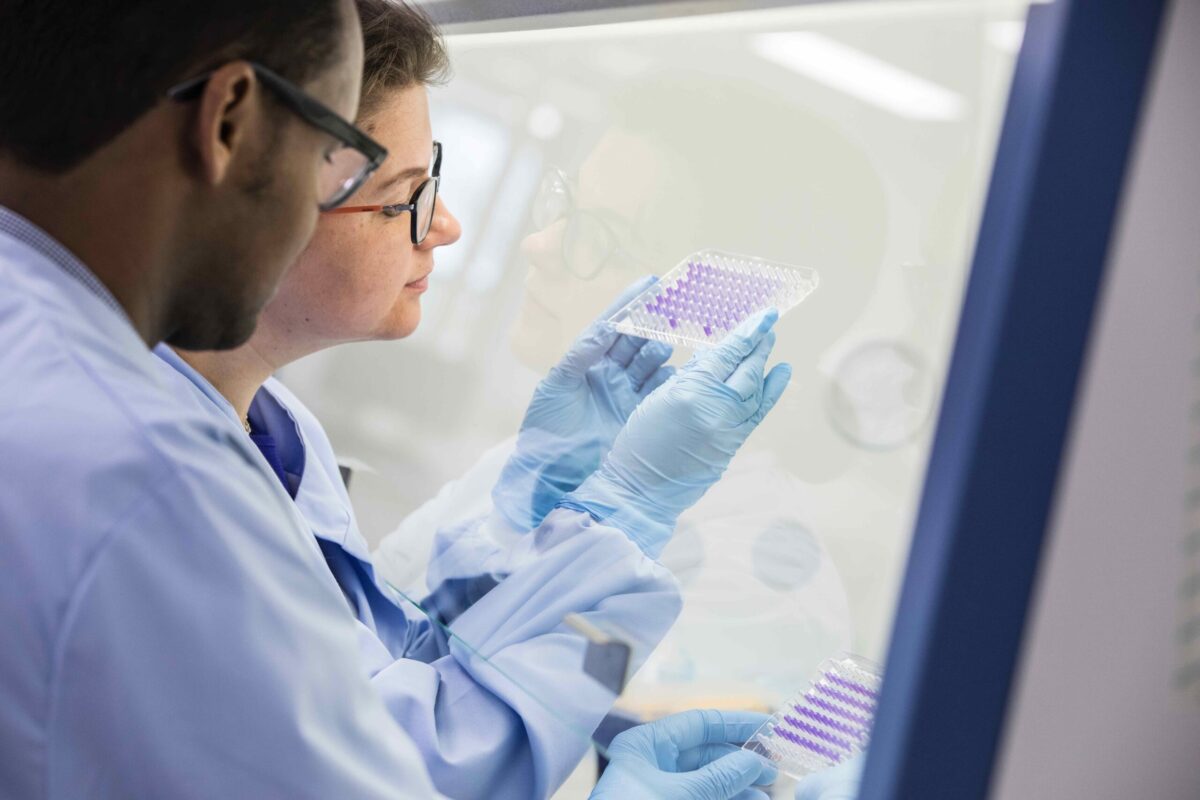
Summit Therapeutics

Pulse Biosciences
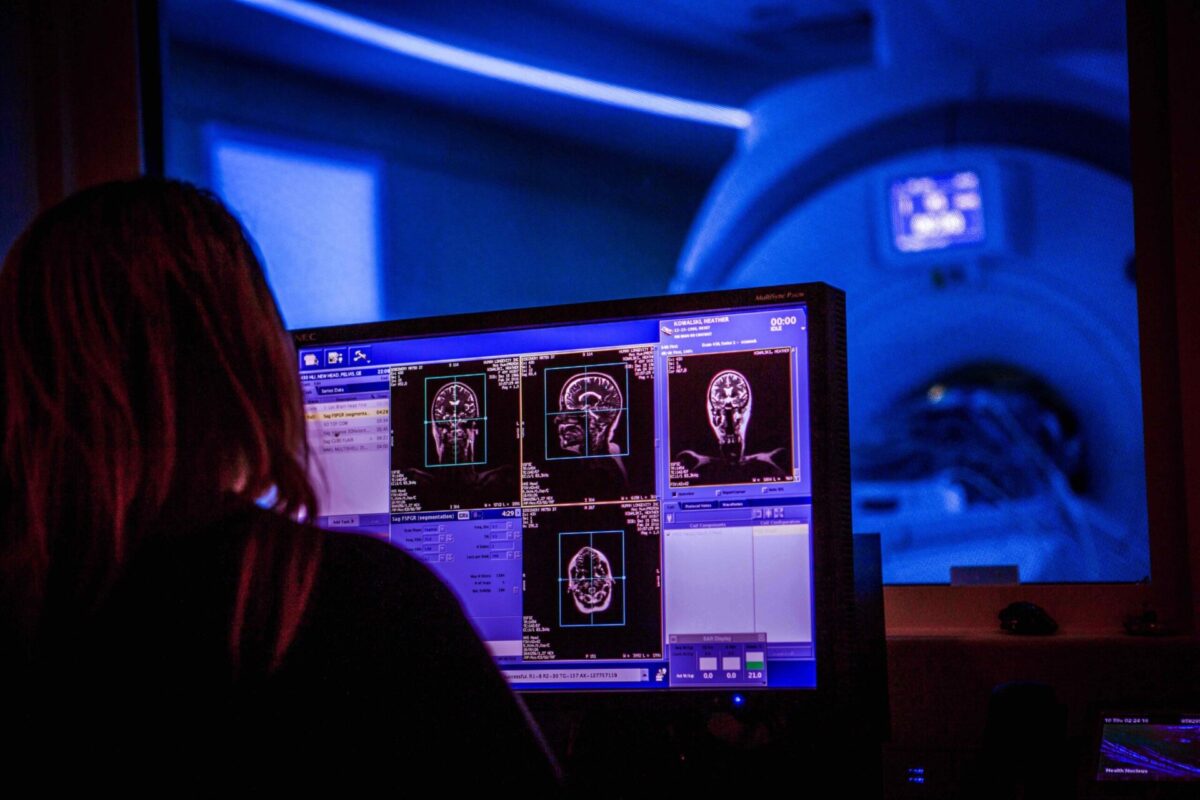
Human Longevity Inc

Pharmacyclics
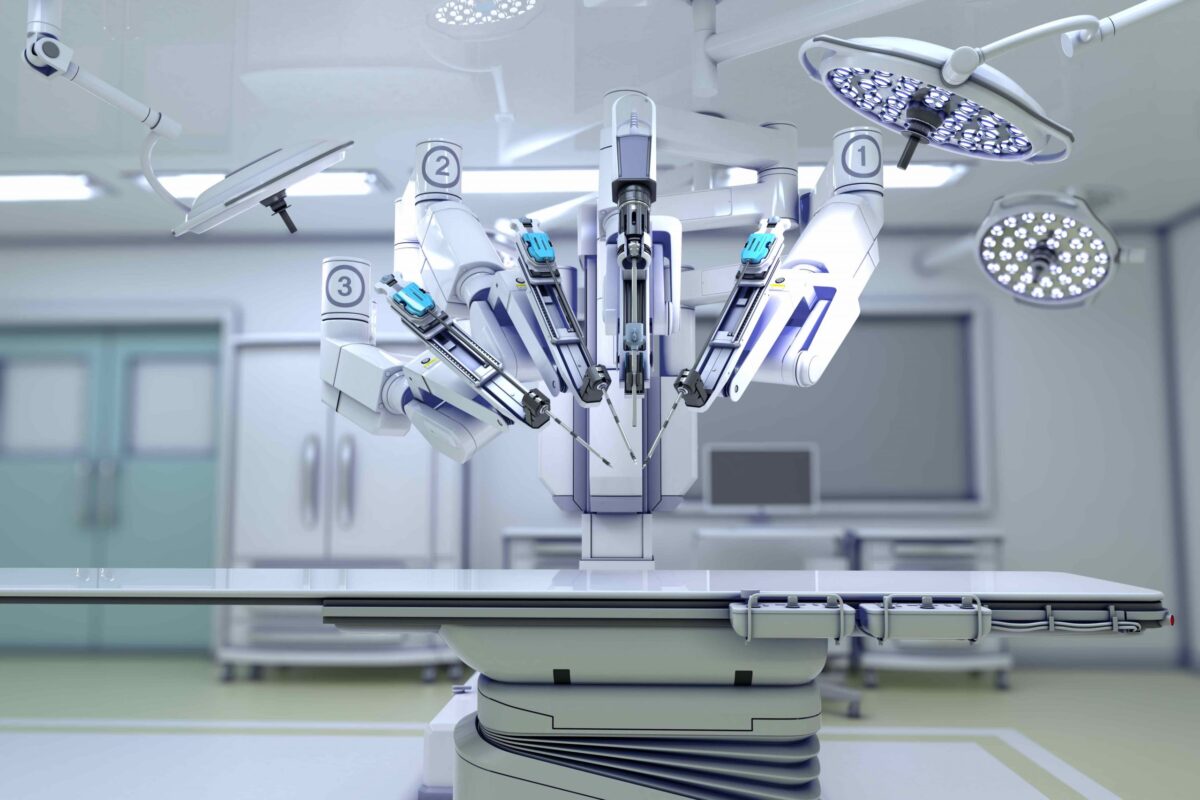
Intuitive Surgical
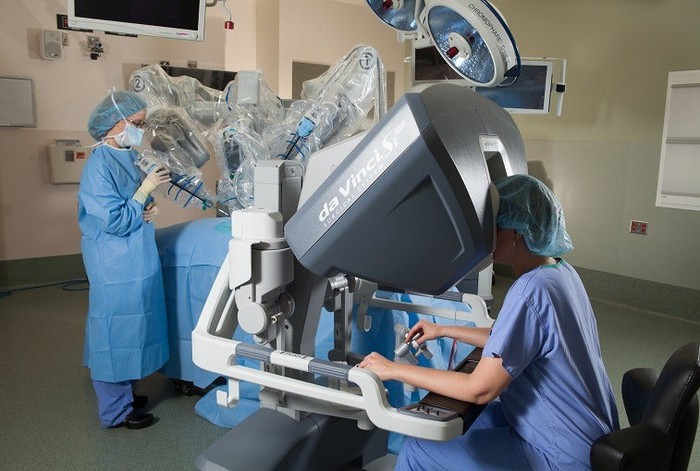
Computer Motion

Metropolis Media
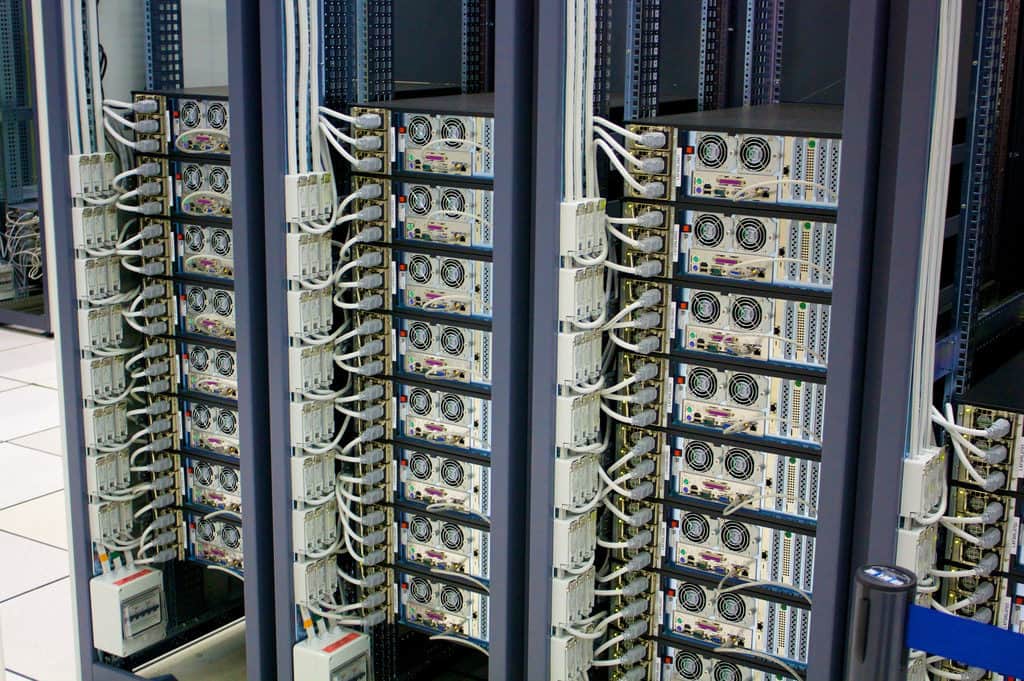
Communication Machinery Company
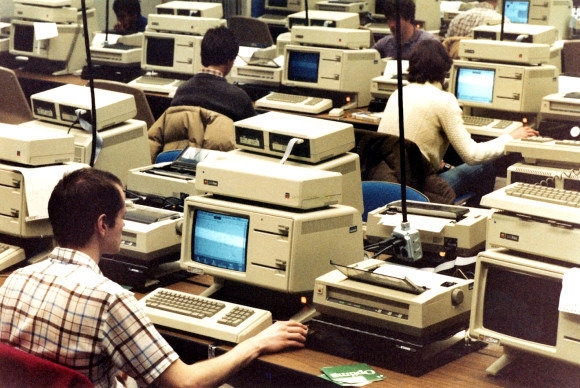
Government Technology Services

Paradise Bakery

Sunset Designs